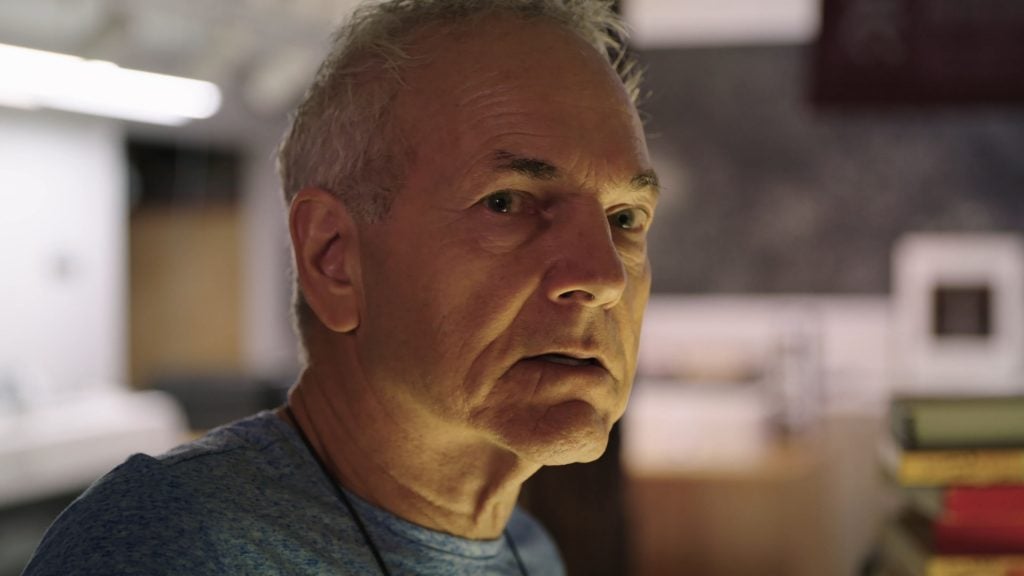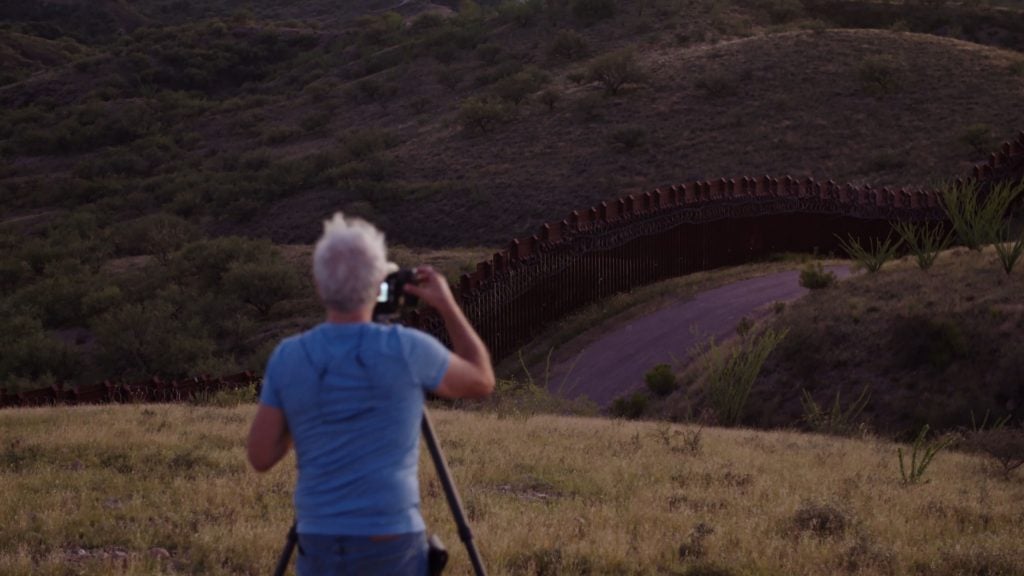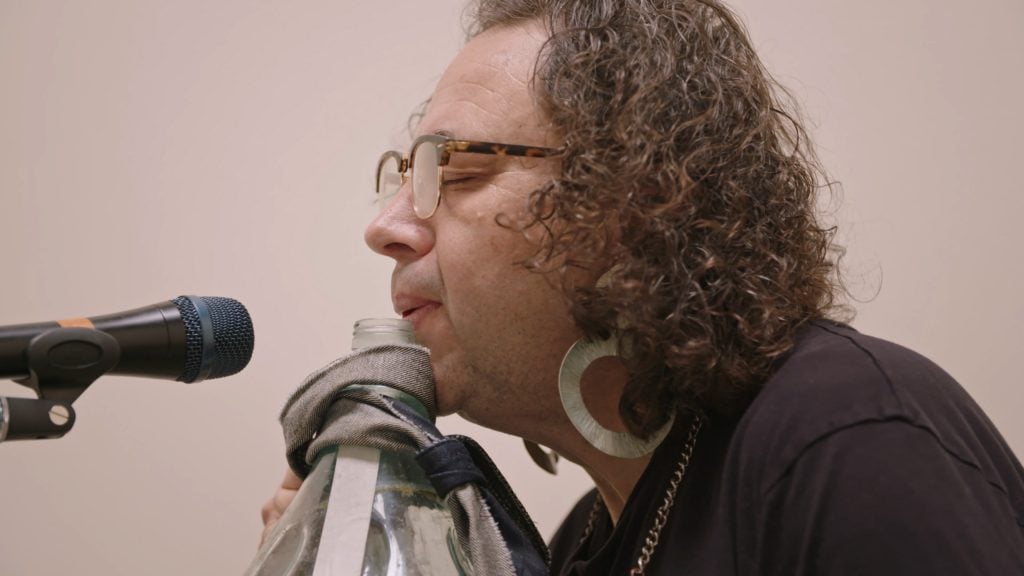Art World
‘It Just Keeps Haunting You’: Watch Photographer Richard Misrach Document the Beauty and Horror of the US-Mexico Border
As part of a collaboration with Art21, hear news-making artists describe their inspirations in their own words.

As part of a collaboration with Art21, hear news-making artists describe their inspirations in their own words.

Caroline Goldstein

In the early 1970s, the California-born photographer Richard Misrach was inspired by the growing protest movement happening in Berkeley. As part of a new generation of mobilizing young activists, he set out in his first major series, “Telegraph 3 AM,” to document the homeless population living on Telegraph Avenue. But when he published a book of the works, the artist said he felt “disillusioned” by the fact that the project he thought “was gonna change the world,” in fact was a greater commercial than social success.
At that point, Misrach explains in an exclusive interview with Art21, he wanted to get away from it all and reconnect with the natural world that had always captivated him, specifically to the stark desert landscapes of California, Nevada, and Arizona.
Misrach likens his photography to poetry. He describes reading Ezra Pound’s epic, 50-year-long poem “The Cantos,” which prompted the artist to embark on his own “epic” series in 1979, which he called “The Desert Cantos.” In the series, Misrach captures the beauty and brutality of the desert landscape. He describes noticing nuclear test sites, military bombing ranges, and other markers of America’s dark underbelly, hiding in plain sight amid its great pastoral beauty.

Production still from “Richard Misrach in ‘Borderlands,'” an extended presentation of the artist’s segment from “Art in the Twenty-First Century,” Season 10. © Art21, Inc. 2020.
“I was constantly reconciling this idea of the beauty of the place and the ugliness that exist side by side in the American desert west,” Misrach says in the interview.
At that point, the artist moved on to the US-Mexico border, another prime example of the contradictions of natural beauty and man-made horror. He began his “Border Cantos” series, an ongoing documentation of the border wall and the artifacts—”sometimes fields of them”—left behind by people trying to cross. “It just keeps haunting or hounding you,” he says.

Guillermo Galindo playing an instrument. Production still from “Richard Misrach in ‘Borderlands,'” an extended presentation of the artist’s segment from “Art in the Twenty-First Century,” Season 10. © Art21, Inc. 2020.
Another artist, Guillermo Galindo, also noticed those artifacts, and decided to turn them into musical instruments, paying homage to a pre-Columbian belief that instruments, and the materials they are made from, are inextricably linked. The two artists began a collaboration, which is on view now at the Hudson River Museum in an exhibition titled “Border Cantos | Sonic Border.“
The show provides a full-sensory experience where the visitor can take in Misrach’s monumental photographs while hearing Galindo’s musical composition.
“It’s hard for art to really solve problems,” Misrach tells Art21, “but I’ve come to believe that art is a really important way of communicating, not only with current generations, but future generations.”
Watch the video, which is an extended presentation of the artist’s segment from Season 10 of the “Art in the Twenty-First Century” television series, below. “Border Cantos | Sonic Border:
Richard Misrach | Guillermo Galindo” is on view at the Hudson River Museum through May 9, 2021.
This is an installment of “Art on Video,” a collaboration between Artnet News and Art21 that brings you clips of newsmaking artists. A new series of the nonprofit Art21’s flagship series Art in the Twenty-First Century is available now on PBS. Catch all episodes of other series like New York Close Up and Extended Play and learn about the organization’s educational programs at Art21.org